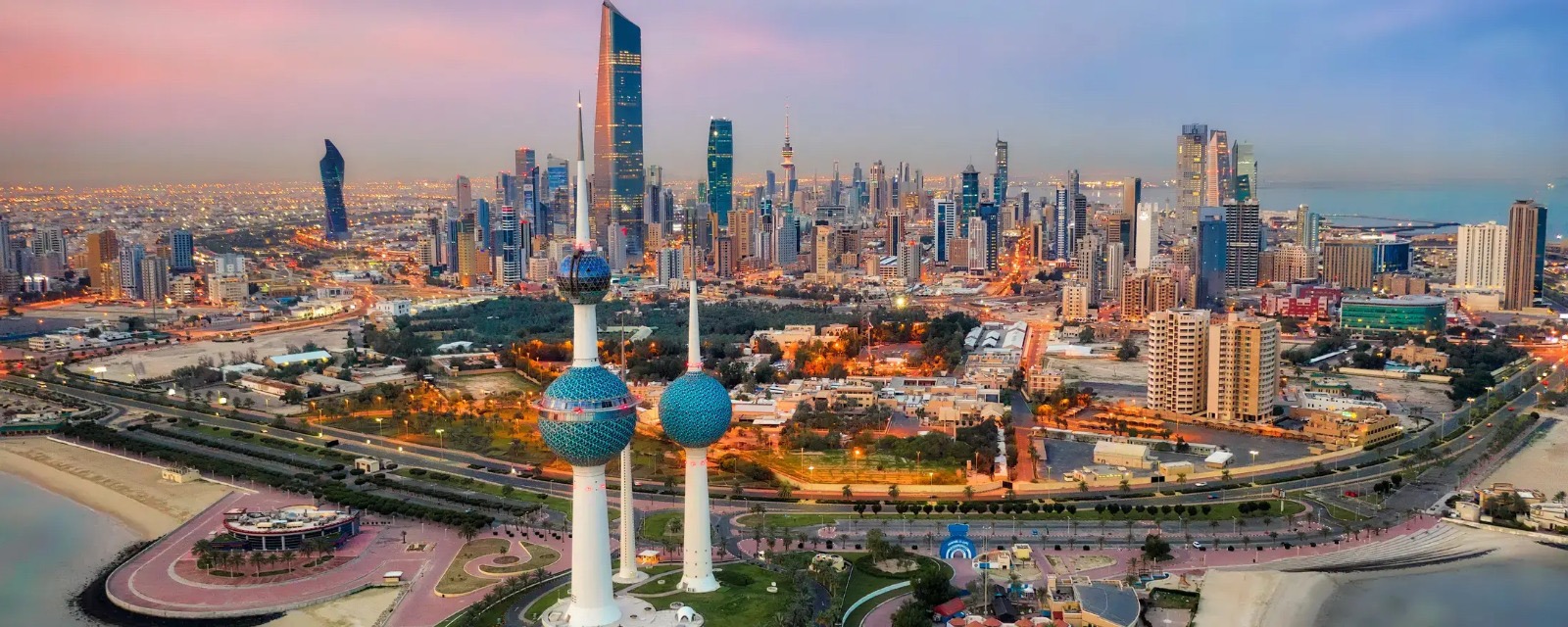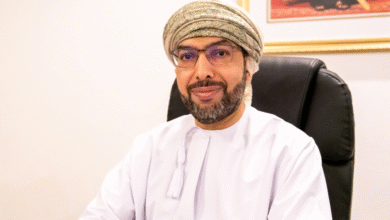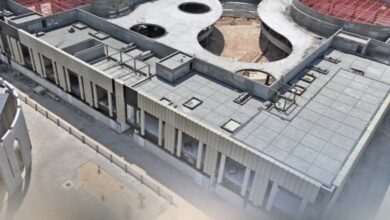Urban October, commitment to build sustainable, resilient cities

The Times Kuwait Report
More than half the world’s population of over 8 billion today live in cities, and projections are that this figure will exceed 68 percent by 2050. Figures from the World Bank show that although global cities occupy only around 2 percent of the world’s total land area, they account for nearly 80 percent of the global GDP. as well as, for over 66 percent of energy consumption, around 68 percent of waste generation, and more than 70 percent of greenhouse gas (GHG) emissions.
Increasing migration of people from rural to urban areas, often in search of better economic and work opportunities,as well as quality of life, has made cities the future of global living. Given this salience it is important to create economically prosperous, environmentally sustainable, and socially equitable cities and human settlements for present and future generations.
Excessive use of energy, humongous waste production and GHG emission, also make cities pivotal target points to effectively address the increasing repercussions of climate change. Cities are also crucial to achieving 65 percent of the targets of the 17 UN Sustainable Development Goals (SDGs) that the world set for itself in 2015. It is apparent that any sustainable development cannot be realized without significantly transforming the way urban spaces are designed, developed, and managed today.
Goal 11 of the 17 Sustainable Development Goals aims to make cities and human settlements inclusive, safe, resilient and sustainable by 2030. However, a synthesis report on SDGs published in 2023 shows that the world is still far off-track in achieving SDG 11. Considering the importance of achieving this goal, the world needs to urgently implement and scale up policies, investments and various social, political, administrative, and economic initiatives on urbanization.
If well-planned, managed and executed, urbanization can be a powerful tool for sustainable development in both developing and developed countries. But many cities, especially in the developing world, are struggling to cope with the rapid pace of urbanization, as it outpaces the development of housing, infrastructure, and other essential public services.
An estimate by UN-Habitat, the United Nations Human Settlements Programme, placed the number of urban residents worldwide living in slums or slum-like situations at over a billion in 2020. Over the next 30 years, an additional two billion people are expected to live in such decrepit areas and conditions, mainly in developing countries.
The lack of easy access and ready availability to basic requisites for a decent life such as affordable housing, quality education, good food and healthcare, as well as adequate supplies of water, sanitation, transport and other public utilities, which prevail in shanty settlements worldwide, exacerbate existing inequalities and increases urban poverty.
In Kuwait, there are no slum areas as such, but many expatriate workers continue to live in poor conditions. Using bulldozers to erase such settlements is not an effective solution, as it only forces inhabitants of these areas to shift to other residential locations. More appropriate and sustainable solutions are required to tackle this challenge. In this regard, the government’s plans to build greenfield cities for workers is certainly a step in the right direction, and will contribute significantly to the country’s larger urbanization plans.
Urbanization in Kuwait began in the Fifties, with the country being among the first in the region to prepare an urban development plan. In 1952, a town planning strategy was developed by the municipal council detailing self-sufficient neighborhoods expanding beyond the old city walls and separated by radial ring roads. Following independence in 1961, when the Municipality was designated as nodal agency for developing urban areas in Kuwait, the earlier plans were revived and expanded.
Today, the urbanization rate in Kuwait is among the highest in the world with nearly 100 percent of the population living in urban areas. The average 4 percent annual growth rate in urban population has led to acute shortages of housing and adequate infrastructure, traffic congestion and environmental pollution. In recent years, utility services such as electricity has struggled to catch up with the growth in urban population.
In an attempt to address the challenges posed by this rapid urbanization, the municipality developed its strategic Fourth Kuwait Master Plan (KMP-4). The plan, which covers developments in the Kuwait Metropolitan Area (KMA) for the period from 2005-2030, aims to realize the country’s vision of becoming a financial and commercial hub in the region.
The KMA, which extends along a north-south stretch that follows the coastline, and widens to the west to encompass other urban areas, hosts most of the population.
But, with Kuwait’s population set to increase from over 4.8 million today to reach 5.3 million by 2030, the Third Master Plan estimates that, in order to ensure managed urbanization and effective resource distribution, around half the country’s population will need to be settled in new urban areas outside of the KMA.
KMP-4 has accordingly allocated land to develop new cities and related infrastructure in Kuwait’s northern and north-eastern parts (North Al Mutla, Al Abdali, Subiya, North Subiya and Umm Qasr) up to the Iraqi border, as well as in the southern and south-eastern parts (Arifjan, Az-Zour, and Wafra) up to the Saudi Arabia border. Provisions have also been made for road and rail networks to link the new cities to KMA. A fourth Kuwait Master Plan for the 2030-2040 period, currently under view, is designed to meet Kuwait’s future urbanization needs.
In view of the importance that urbanization has for so many aspects of sustainable development, every year UN-Habitat organizes activities, events, and discussions on urban sustainability throughout the month of October. Known as Urban October, the month features World Habitat Day on the first Monday of October, and concludes with World Cities Day on 31 October.
Global observance of World Habitat Day this year took place on 7 October in Querétaro, Mexico, with the focus on the theme ‘Engaging youth to create a better urban future’. The theme encourages younger generations to engage in planning their urban present and future through participatory processes and local leadership opportunities.
On 31 October 2024, World Cities Day will take place in Alexandria, Egypt, with focus on the theme ‘Youth leading climate and local action for cities’. The Day will aim to harness the innovative and enterprising ideas on tackling climate change and ambitious targets for urbanization being promoted by youth, and transform them into tangible achievements.
Urbanization presents some of the most significant opportunities for economic growth and development worldwide. However, the rapid pace of urbanization also brings with it a host of demographic, economic, social and environmental challenges. Urban October is an opportunity for everyone to be part of the conversation about the challenges and opportunities created by the rapid rate of change in our cities and towns.
Only by engaging with all stakeholders in the sustainable urbanization process, including national and local governments, academics, civil society organizations, communities and individuals, can cities harness transformational change and ensure a better life for all in a rapidly urbanizing world. It is also only through cooperation and coordination locally, regionally, and internationally that we can build the urban resilience crucial to mitigate or avoid natural calamities and ‘man-made’ crises.
By choosing to act sustainably we can build cities where all citizens enjoy a decent quality of life, and form a part of the city’s productive dynamic, creating shared prosperity and social stability without harming the environment.













